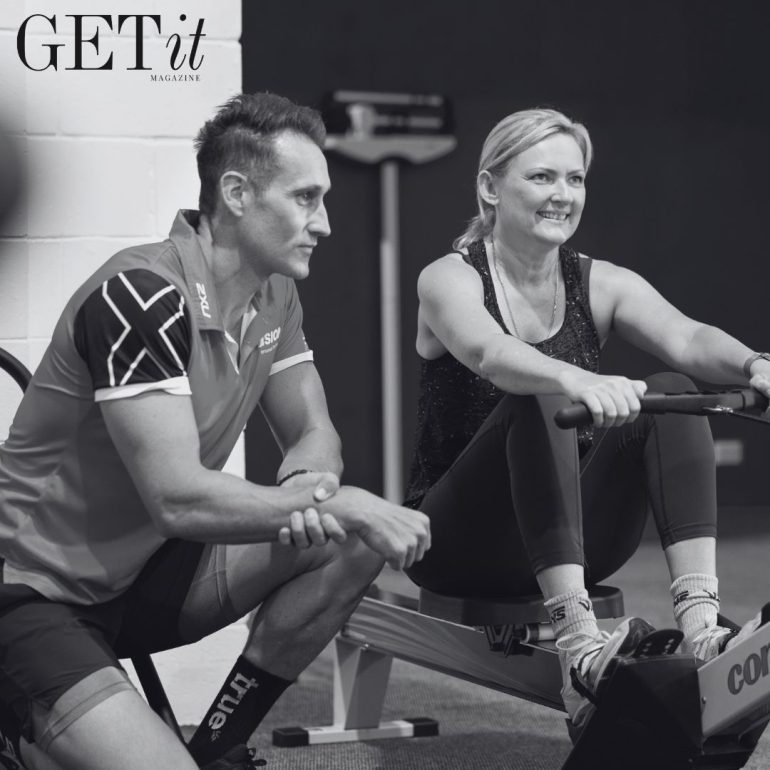As we get older, we see an increase in the number of chronic diseases and conditions such as stroke, osteoporosis, poor balance, diabetes, dementia and high blood pressure to name a few.
These diseases and conditions don’t discriminate either, with both males and females suffering as they age above 55 years.
The question often asked is WHY this is the case and WHAT can be done to slow the process. The good news is that the answer to both these questions can help keep us healthy and reap the most out of life while we age.
A 2009 study showed the two factors most important in determining mortality, functional independence and quality of life are one’s fitness levels, and muscle mass/strength.
Increased fall incidences in the elderly are often from a combination of weaker lower limbs, impaired reaction time, general loss of muscle mass and multiple medications, which in combination can lead to compromised balance.
Depression, anxiety and stress can also lead to psychosocial issues often due to social isolation.
So why has exercise been so helpful in preventing and reversing such states? The benefits of structured, regular exercise programs using resistance, aerobic and balance training for this population has seen significant benefits across falls risk, mental health, cardiovascular disease and comorbidities. There are a number of components of exercise, each of which play a specific role in bettering health. These include:
- Aerobic exercise: This is exercise specifically targeting the cardiovascular system (the heart muscle). Examples may include walking, stationary bike or anything that gets the heart rate up. Benefits of this exercise include improved fitness, cardiovascular health, weight management and prevention of chronic disease.
- Resistance training: This is exercise targeting our muscles, with examples including weights machines, bands and body weight exercises. Specific benefits include increased strength and muscle mass, improved bone health, reduced falls risk as well as improved mobility.
- Balance training: This, as the name states, looks at tailored exercises to challenge our proprioception and balance. Benefits of this include improved balance, heightened proprioception and a decrease in the number and severity of falls.
- Flexibility: Here we use stretches and gentle movements to improve the elasticity of muscles and joint range movement. Benefits of improved flexibility include better pain management, improved range of motion and reduced falls risk!
- Supervised group training: Here we focus on the social aspect. Not only does this help increase adherence to programs and keep us moving, it also provides the social aspect and make exercise fun!
So, if you’re looking to fight the ageing process it can be as simple as moving more and implementing exercise into our lifestyles. And the best news, it’s never too late to start! Be sure to speak to one of our experts to develop a program appropriate for your health needs. In addition to group training and at home exercise, supervised training 2-3 times a week is critical to ensure you are doing the right exercise for your needs, measuring your health outcomes and ultimately keeping you safe every step of the way.





